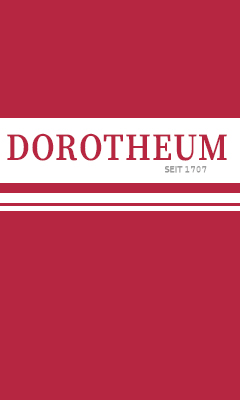Iron Cross 1813, Special Cross with Golden Rays
SKU: 02.PRU.0101.102.01
Estimated market value:

Estimated market value:
Attributes
History
The Iron Cross was a military decoration founded by King Friedrich Wilhelm III of Prussia, and it was awarded for acts of heroism, bravery, and exemplary leadership. A politically charged symbol, the cross is representative of Prussia's departure from Napoleonic rule.
The cross was primarily a military decoration, yet on numerous occasions it was awarded to civilians for services rendered to the military. The concept was originally conceived in 1806, and finally confirmed in mid February of 1813. The II Class was inherited in March 1814. By the time soldiers moved into Paris, on March 30, 1814, 6,639 II Class Iron Crosses had already been awarded. At this time, the cross was considered a ‘dead hero’s’ award, and was awarded in numbers to strengthen the ties to the king without depleting the value of the cross itself. In 1815, publications of the Iron Cross on flags and other equipment became common.
The Prussian army was reorganised following the First and Second Peace Treaty of Paris, making conferalls of the Iron Cross very difficult, as it was more and more challenging to determine which deeds were worthy of the award. The king made a partial amendment, allowing those that joined the forces for the war and those that were still serving to have the same rights to vote for the Iron Cross. The production of these crosses began in 1834 and differed from the 1813-1818 crosses. By 1838, the smooth obverse became official (instead of the smooth reverse).
In 1863, the 50th anniversary of the foundation of the Iron Cross, there were 1,572 living bearers. When a recipient died, he was entitled to a full burial with military honours at the garrison site (the war memorial of 1813-1814). It is important to note that the campaigns of 1864 and 1866 did not recognise this award, because the political claims were not sufficient.
Whether a recipient was referred to as a ‘knight’ or an ‘owner’ of the cross was left in their hands, after great debate regarding the Iron Cross being a medal or a decoration.
The design of the cross was inspired by the cross pattée, which was used as a symbol of the Teutonic Order, as well as the Prussian Army from 1871 to 1918. The award consisted of three grades, I Class Cross, II Class Cross, and Grand Cross. The I and II Class are largely the same in size and composition. The Grand Cross was double the size of the former. The I Class could only be acquired after receiving the II Class.
The I and II Class Crosses were worn on the left breast, and the Grand Cross was worn suspended from the neck. During this time, if the cross was awarded for merit in combat with the enemy, it was worn on a black band with white edges. If it was awarded for civil purposes, it was worn on a white ribbon with black edges.
The cross was first awarded in recognition of exemplary military and civil service during the Napoleonic Wars.
Model II of the Decoration was awarded during the Franco-Prussian War (1870-1871).
Model III of the Decoration was awarded during the First World War (1914-1918), and subsequent versions were awarded during World War II and featured a swastika in the centre of the obverse.
The Grand Cross with Golden Rays was not accounted for in the statutes of the decoration. It was awarded to Field Marshal Blücher on July 26, 1815 for his victories in the Battle of Waterloo. It was accompanied by a note from the king asking him to accept this award to be worn in place of his I Class Iron Cross. This Special Class was later awarded in 1918 to Field Marshal Paul von Hindenburg.

Versions
$100,000 USD
Silver gilt/Iron
76x76mm
Only two were awarded: once in 1815 to Field Marshal Blücher and once in 1918 to Field Marshal Paul von Hindenburg.


Comments
Sign in to comment and reply.


Scroll Top